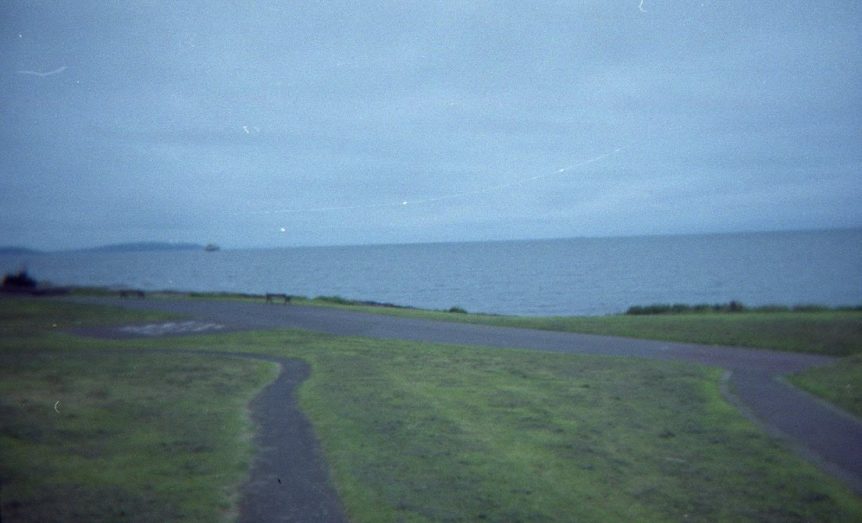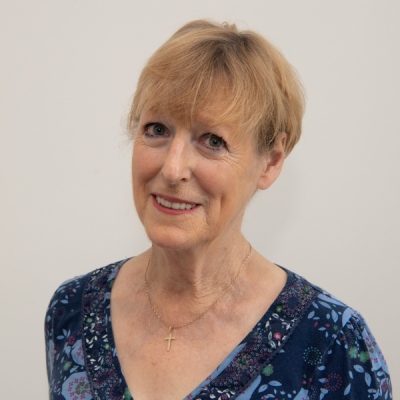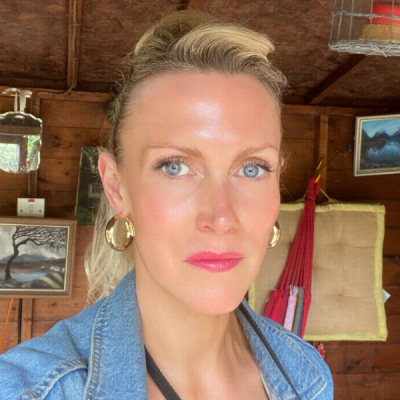How did you get involved with this project?
There was an earlier project called ‘Photovoice’, which took place before the Translating Age project. I was involved in that project and it was a shared project with a University in Canada and included women who lived in the rural areas of Northern Ireland as well as migrant women from Canada. Those women talked about their experiences as incomers.
You were involved in both projects?
It was partly because I am a German language tutor at Queens and therefore there was a direct contact with me and partly because I facilitate an international women’s group. I was asked to see if anyone from the group would like to be involved with the ‘Photovoice’ project.
Photovoice; was quite a simple project, allowing people to take photos, and quite a few people wanted to participate in it. It was, in some ways, quite restrictive in that you were not supposed to take photos of yourself or anyone that you knew as everyone was kept anonymous – and yet it was a very personal project. We were taking photos of places or things which held a lot of meaning for each of us as individuals.
I had been involved in creative writing and love writing poems and little stories, but I also really enjoyed using a different medium, photography. All the participants enjoyed it so much and felt, after the ‘Photovoice’ Project had finished, that there needed to be another project.

The Translating Age project emerged out of that initial project?
I think so. As I said, there was certainly a feeling that there should be a follow up project and subsequently we were approached by Professor Tess Maginess and Dr. Federica Fererri to get involved with Translating Age.
The Translating Age project was very well structured. There were two groups, one in the morning and one in the evening. We met up in Queens University in a classroom. It felt like a teaching environment. Federica was the communicator during the programme. She kept us updated on the workshop dates and events. Both Photovoice and Translating Age were academically supported and co-researched workshops and are part of Queen’s University Belfast Civic Engagement and Outreach programme
Dr. Federica Ferrieri was also the important coordinator behind the scenes while Professor Tess Maginess led the programme and gave a wonderful introduction into the literature of migration. Having been introduced to the poetry of immigration by Tess, Maginess, an essential part of the workshop process, we were asked to reflect on the experiences of the writers and to see if it would help us start to find the words for our own stories.

For some of my friends, it was the first time they had ever been in a university. Many of them had never had the opportunity to be part of higher education and that meant an awful lot to them. It meant a lot to their self-esteem.
You suggested there was some instruction regarding the project?
As I said, there was some instruction from Tess Maginess regarding the theme of migration and we looked at poetry and other forms of writing. This was literature regarding the experiences of women. Tess had collated these pieces and it was delivered like a lecture. We discussed how the question of migration had affected us and how other stories of immigration affected us. We started to tell our own stories, relate our own experiences.

Was anyone else involved in the facilitation side of the project?
There were two other facilitators, Louise McIvor and Karen Kinghan. Karen was a film-maker and Louise helped with creative writing. The idea was that they would help us in terms of expressing our ideas; Louise would help us with self- expression, with writing, and Karen was recording the processes of the project. Karen was filming those aspects of the project which showed how it worked and what emerged from it. It was very interesting for all of us to be recorded.

And the participants were allowed to work on their own stories?
We were very free to discuss our own journeys, our own experiences, and because it was a small group it could be very emotional and very intimate. Obviously we came from different countries, there were lots of different accents, different experiences, some people were able to speak English and some struggled a little with the language. But everyone was treated with the utmost respect. We had ownership over our own stories and some stories were very difficult to hear, some stories were very emotional, stories of loss, and others were uplifting.
Once that process had been undertaken what happens then?
We all had to decide what medium we would use to tell our stories. We could decide if it was us telling the story or we could use someone else to help us relate the story. There was a fair bit of creative art involved. You could use poetry, or story writing, dance, film. I certainly felt that I was able to have my story heard.
Why was that important?
At my work, as an interpreter, as a language tutor, a teacher, I have no problems at all. My accent isn’t a problem, rather it gives me authenticity so to speak. When I am teaching German it just doesn’t matter and I think sometimes being from Germany can help me in the process of teaching people the language.
But there are other times, when I go about my daily life, when I speak to people, it is clear that I am not a local. Now most of the time that really isn’t a negative experience, but more recently you do hear a lot of negative comments about immigrants, about migration.
Sometimes there is a little bit of suspicion about your motives of being here. Now I have a different story from some of the people in the groups, in that I came here legally. I had no problem establishing myself here, because I came through my husband who was from Northern Ireland and a citizen here.
That was 1996, there was no Brexit, no issue with people migrating here.

What was the point you wanted to convey?
When I came I was quite excited because I liked Northern Ireland and I had been here before and I liked the country, although I didn’t like the politics, I didn’t like The Troubles. The ceasefire made a huge difference and I was very happy when the Good Friday Agreement was put forward, and I have been here for nearly 28 years now.
We didn’t really visit Northern Ireland much before that, although I had been here in 1978, and I visited a couple of times in the 1980’s, during the Hunger Strikes. I could definitely see the changes which were taking place.
I wanted to say that people come here for lots of different reasons. Some people come for family reasons, some come because they have very little choice, and some people come because they think there will be opportunities for them. It was important to get all of those possibilities across through the work of this project.
If you would like to learn more about the Translating Age Project see the link below
